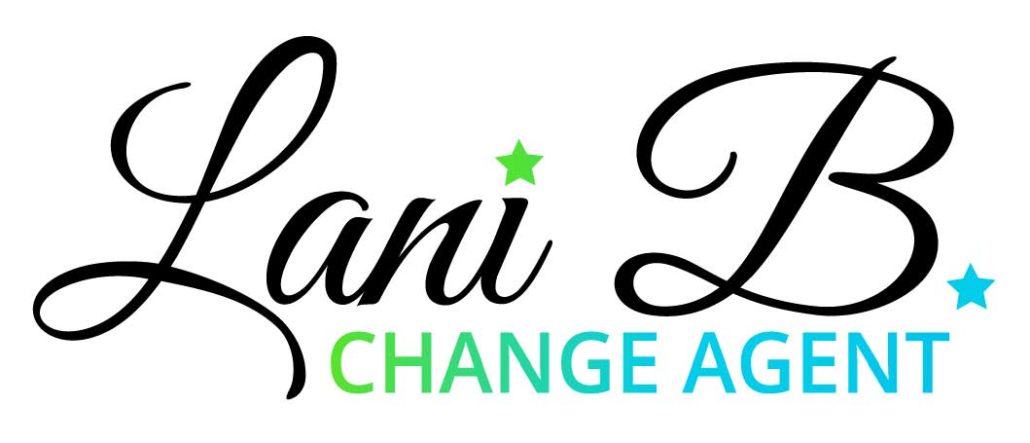It’s often mistakenly believed that hypnosis is this “thing” being done to a person, especially as depicted in films. The hypnotist is portrayed as some mind-controller altering consciousness. However, this is the furthest from the truth!
In reality, hypnosis is a mental process. The hypnotist simply guides you, while you, you are the explorer. And you are being guided through the use of visualizations, imagery, suggestions and techniques, which evokes within you feelings, sensations, ideas and your own problem-solving.
This is why it’s often said that hypnosis is actually self-hypnosis, because the hypnotist isn’t doing the work. You are. You are the one engaging your mind, thinking and processing information, essentially hypnotizing yourself.
That’s also the reason why I don’t stick solely to meditation. Typically, meditation is passive. If a thought arises you are expected to acknowledge it and let it drift out of your consciousness. That’s damn hard to do! Which is why so many people give up on meditation. But hypnosis, hypnosis has an intent or an agenda. It’s goal-oriented and it encourages you to have an active and alert mind. The whole point is to engage in your thoughts. It allows you to be yourself in the process.
I define hypnosis as suggestibility and awareness absorbed inwards. It’s seeding ideas to alter perspective so you can create a new reality. It does this by bypassing the critical faculty.
But what does all that mean?
First, people get freaked out when they think of the word “suggestibility.” But we are being suggested to on a daily basis, through commercials, billboards with ads–especially here in the city of Hollywood–and every time a friend tries to entice you to go to a certain restaurant, event or movie. It’s the world we are living in and we can easily maneuver through that world and make our own decisions. Hypnosis is simply providing you with the suggestions you’re already seeking so you can obtain the goals you desire.
So hypnosis is providing you suggestions and does so by bypassing the critical faculty. I know what you’re thinking, “what the hell is the critical faculty?” The critical faculty is like this invisible barrier between your unconscious processes and your conscious processes.
Approximately 95%-98% of your processing is completely unconscious. You don’t ask your heart to pump blood, it just does so automatically, like all of the bodily processes. You also have habituated patterns, values, beliefs (and limiting beliefs), memories and emotions outside of your conscious awareness. You are predominantly an unconscious being. Your conscious processes have a limited 2%-5% capacity.
Your conscious processes live in a world of ‘this’ or ‘that’ and ‘either’ or ‘or.’ A world where you can feel torn, stuck, and confused. A world where your problems exist. Your unconscious processes live in a world of limitlessness, abstraction, symbolism and metaphor. A world of multiple truths, of ‘both’ and ‘and.’ A world where your solutions reside.
So if you want to create change, you have to access your unconscious processing.
How do you do that?
It’s been said that “neurons that fire together, wire together.” This means that anytime you do or say something with repetition, your brain makes an unconscious pattern. For instance, say you get a new job. The first time you drive to that new job you might need to use your GPS to figure out how to get there. Over time, however, due to repetition, you eventually bypass the critical faculty and no longer need that GPS, because you’ve memorized the roads you take to work. It’s become unconscious. This repetition is reinforcing that particular neural pathway in your brain, essentially creating a habit. The more you do something, the stronger that network of neurons become, and the more you instill that habit.
But this isn’t always a good thing. If you have habits you wish to change, because these habits are no longer serving you–like procrastination, anxiousness, and smoking–they’ve become pretty engrained in your brain because of repetition. So my job as a hypnotist is to help you break these habitual patterns in order to weaken that neural network.
Once you weaken that neural pathway in your brain, you can then create a new neural pathway that consists of a new habit that serves you better in life. It’s like learning to condition yourself to eat better, or go to the gym. The more you commit to that daily or weekly ritual the easier it becomes to just do that habit unconsciously without much effort.
The cool thing is that you experience hypnosis on a daily basis. It occurs any time you read a book and get engrossed in the story and forget you’re sitting down with a novel in your hand. Or those times you get consumed in thought while driving a car, reach your destination, and wonder how you got there.
Hypnosis occurs any time you watch a movie, as well. When you sit down to watch a movie the first thing you do is narrow your focus of attention on the screen and then you push aside the critical faculty. You do this the moment you forget you’re in a theater and get totally emotionally absorbed in the film as if it were really happening.
If you were always conscious watching a film you’d say, “that’s an actor,” and “that’s an actor!”
The problem is we make mental movies all of the time. Internal movies. Internal movies about everything we worry about. And the narrator of that film is often self-deprecating. We play these emotionally charged films on repeat, harmfully hypnotizing ourselves on a daily basis.
Let me help you create more empowering and positive internal movies.
Because the time is now.
